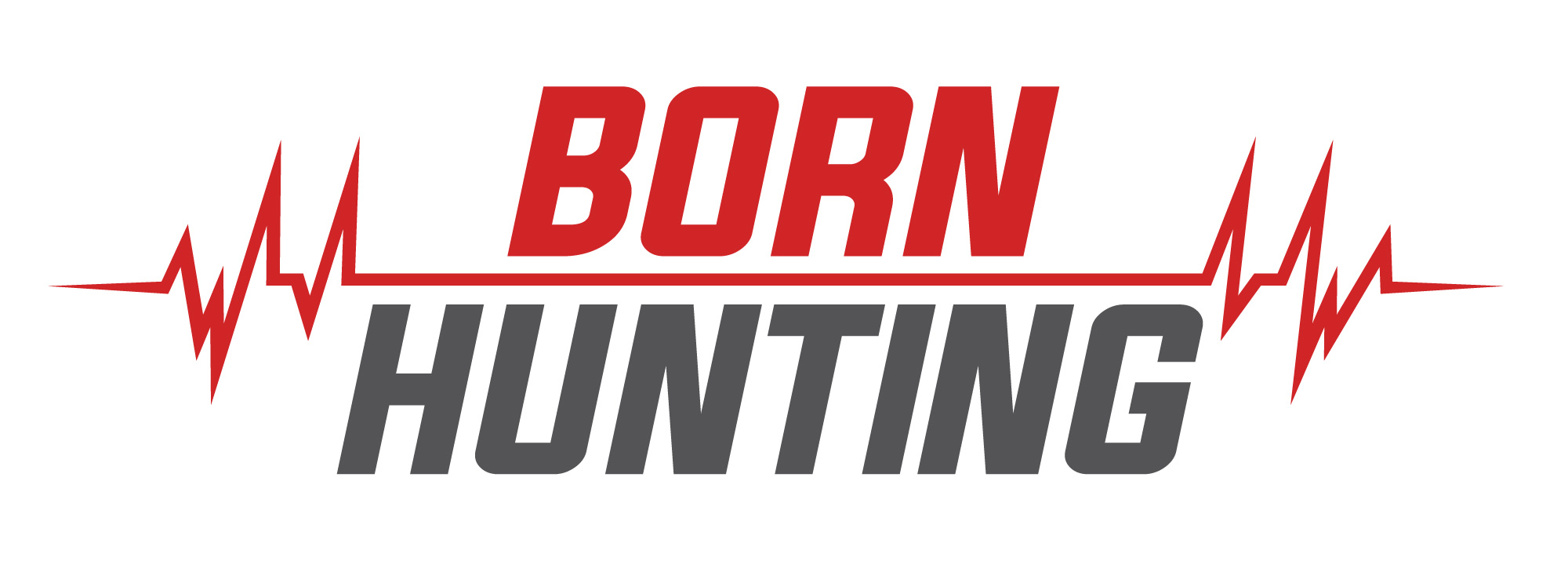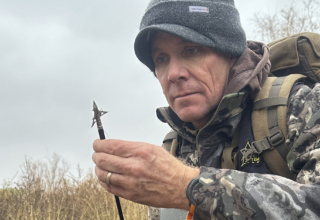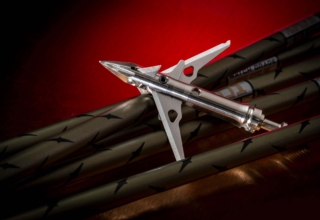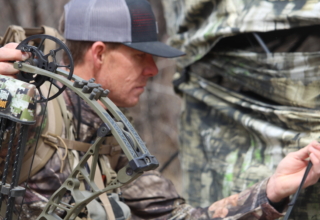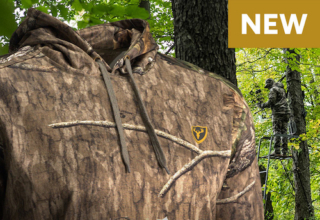Elk are big and magnificent, and each year legions of bowhunters — some of who travel thousands of miles — hit the mountains in search of wapiti nirvana. You want your bow, arrow, and accessory combo to perform when you earn your opportunity. Heed these tips, and it will.
Jace Bauserman
Elk are one of the West’s most sought-after species and for good reason. Besides having monstrous bodies and heavy headgear, they make excellent table fare and dwell in jaw-dropping landscapes. They are extremely vocal and can turn small pines into toothpicks in seconds. In short, they are hard to ignore.
Thousands of bowhunters — western dwellers and many east of the Mississippi — hit the Rockies each year. Earning a chance at a bull is the goal; when the opportunity is earned, you don’t want to squander it. Now is the time to ensure your bow, arrow, and accessories are Western-ready and capable of putting down a heavy-boned bull in seconds.
Bow Length & Bare Weight
Bowhunting for elk is a close-range game, and unless you’re sneaking on a bull in an open meadow, sage-dotted hillside, or alpine basin, shots are typically 40 yards and in. For this reason, I like a light, maneuverable bow that carries well in hand and can be lashed to a backpack.
My elk rigs typically measure between 29 and 31 inches axle-to-axle and have a bare-bow weight of less than 4.5 pounds. The mountains aren’t forgiving; you can count on extreme accents and descents daily. If your bow is a boat anchor, toting it around the hills gets old fast.
Maneuverability should also be considered. When strapped to a backpack, a longer axle-to-axle bow tends to contact more overhanging pine boughs and dead limbs. Plus, when you’re weaving through a maze of fox pines to cut the distance on a bull, you want to move efficiently, and three or four extra inches of bow length can make the task of creeping close a bit more complicated.
I don’t dislike longer axle-to-axle bows, but with the advancements in bow technology and knowing that my 31-inch axle-to-axle Hoyt VTM will drive tacks beyond 80 yards, I stay short and light.
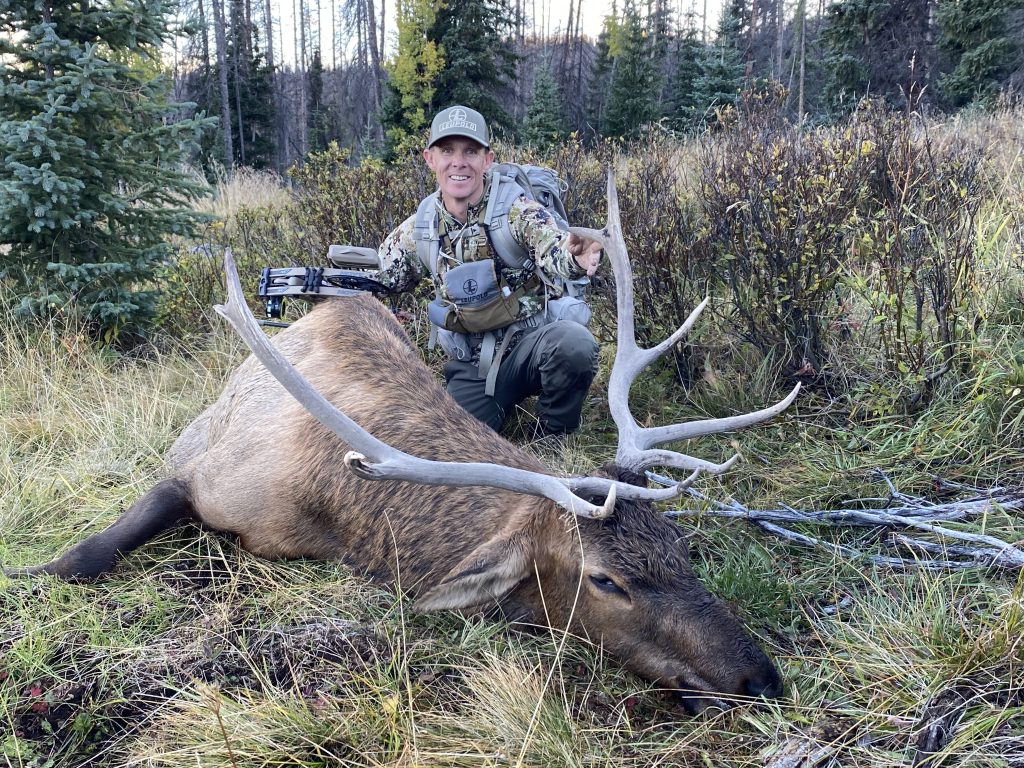
Bow Poundage
You don’t need to pull 80 pounds to kill a bull elk. Check your ego at the door. Be sure from a standing, kneeling, or flat-on-your-butt position; you can hold your bow straight out and bring the string straight back. Less movement means a reduced risk of a bull catching you as you come to full draw.
I shoot 68 pounds and have blown through elk with expandable broadheads at 60 yards. I have two elk hunting buddies — one pulls 60 pounds and the other 58 — that punch lungs without a problem. The goal should be a double-lung shot, and to achieve this, you don’t have to have a complete pass-through. Instead, you will need about 15 inches to get through one lung and into the next.
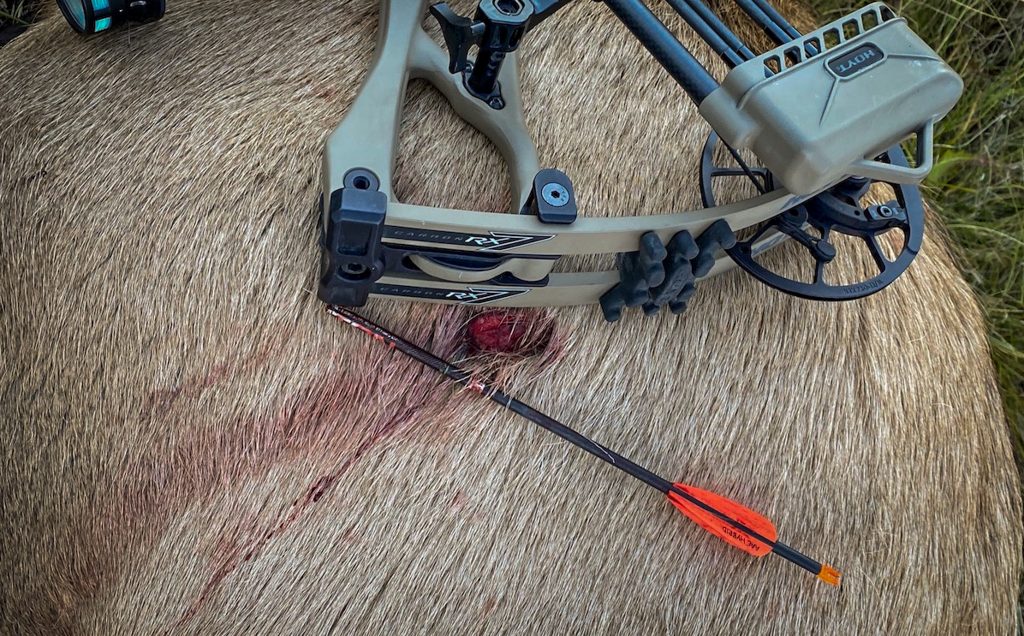
While I recommend all bowhunters take a broadside or quartering-away shot, it’s essential for those pulling lower poundage to wait for these two shot angles to materialize.
For those pulling less than 55 pounds of draw weight, I recommend training hard in the months ahead and getting your bow poundage to a minimum of 55 pounds of draw weight. If this isn’t possible, and you’ll be pulling under 55 pounds, keep reading and pay close attention to the Arrow & Broadhead section. I believe the bowhunting sweet spot poundage for elk is between 60 and 70 pounds.
Arrow & Broadhead
Those pulling less poundage or with shorter draw lengths should consider a micro-diameter arrow like Easton’s Axis 4MM Long Range or other top-tier arrows with a smaller diameter. I also recommend that bowhunters pulling less poundage or those with shorter draw lengths opt for a fixed-blade broadhead like QAD’s Exodus or Muzzy’s Trocar.
Why?
A properly spined-for-the-draw-weight arrow tipped with a razor-sharp broadhead will lose less energy on impact, and the micro-diameter build of the arrow will create less contact with flesh, organs, and bone as it tracks behind the cutting channel of the broadhead. This will boost your penetration. In addition, a micro-diameter arrow will be less affected by the wind — side-to-side and head-on — which means increased accuracy and less energy lost.
Longer draw archers (28 inches or longer) pulling north of 60 pounds should also consider a micro-diameter arrow for the above mentioned reasons. Still, archers in this draw weight and draw length range can get away with a standard-diameter arrow. The key is ensuring the projectile weight for this group of elk hunters is not much below 400 grains. I shoot 68 pounds of draw weight and a draw length of 29 inches, and my finished arrows with attached 100-grain SEVR 1.5 broadheads weigh 418 grains.
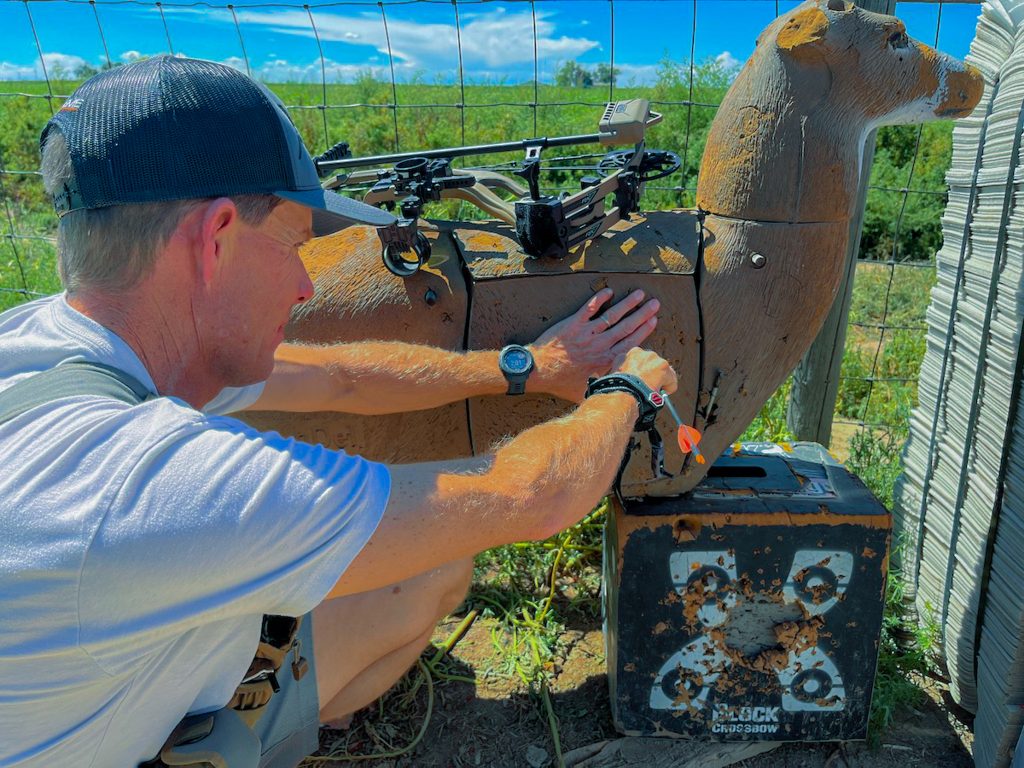
Bowhunters pulling between 60 and 70 pounds of draw weight can get away with an expandable broadhead or a mechanical make.
I have shot my last three bulls with SEVR’s 1.5, which is a pivoting expandable, and all three bulls have expired less than 150 yards from the location the arrow impacted them. I prefer the precision of an expandable broadhead and the boosted cutting surface; however, if you’re comfortable with a fixed-blade head, they are excellent for elk as long as they are ultra-sharp.
Many bowhunters will note that shooting an expandable broadhead should be taboo for elk, but I disagree. Hit an elk straight in the shoulder with any broadhead, and you will not recover that elk. Bowhunters get too caught up in being able to punch through bone, but side of the scapula and ribs, which I’ve blown through with expandable broadheads many times, I don’t plan on hitting bone and neither should you.
Fletching
Three or four fletches it doesn’t make much difference for elk. I add this section for those pulling less poundage or with a short draw length. Penetration matters, and you want to avoid a tall, rigid fletch option that will grab more wind and recklessly track behind a broadhead.
I like a longer, low-profile vane that will steer my arrow and track right behind the broadhead as it passes through the animal. The lower the vanes profile, the less contact it will have with flesh, organs, and bone. I like the Silent Knights from Flex-Fletch and AAE’s Hybrid 23s.
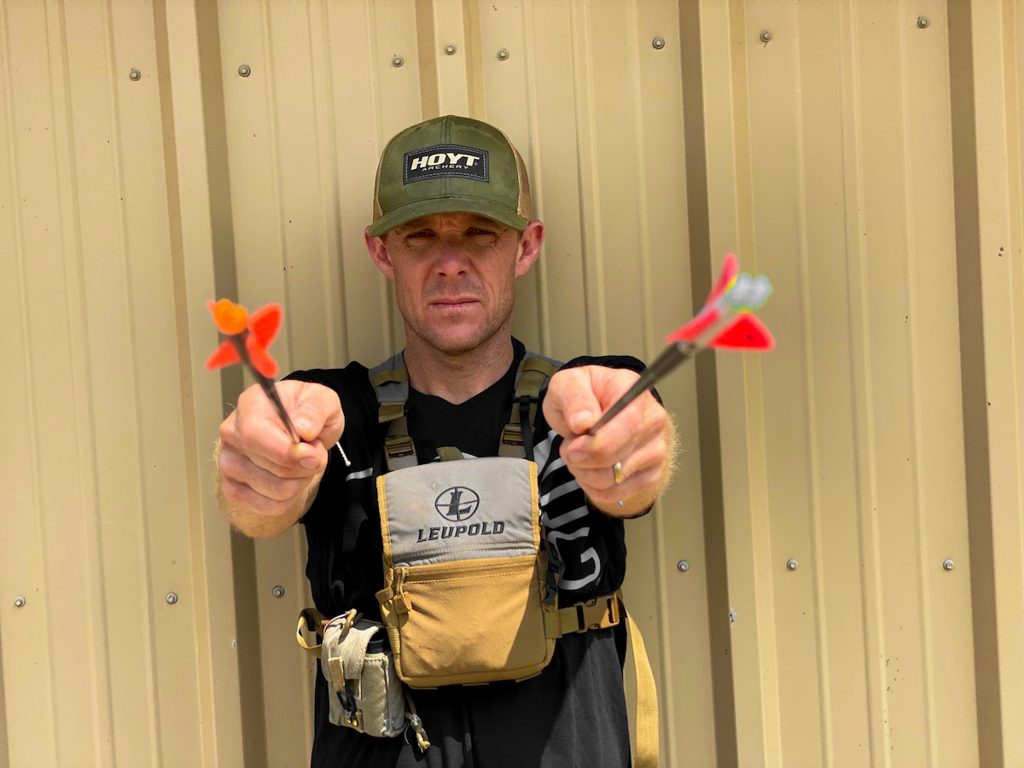
Stabilizer
I went the front and back-bar route for a while for elk but found it unnecessary. I discovered that a 12-inch front bar and 10-inch back bar added weight, made my bow tougher to carry, and changed how I had to strap my bow to my pack or put it in a bow scabbard when using horses.
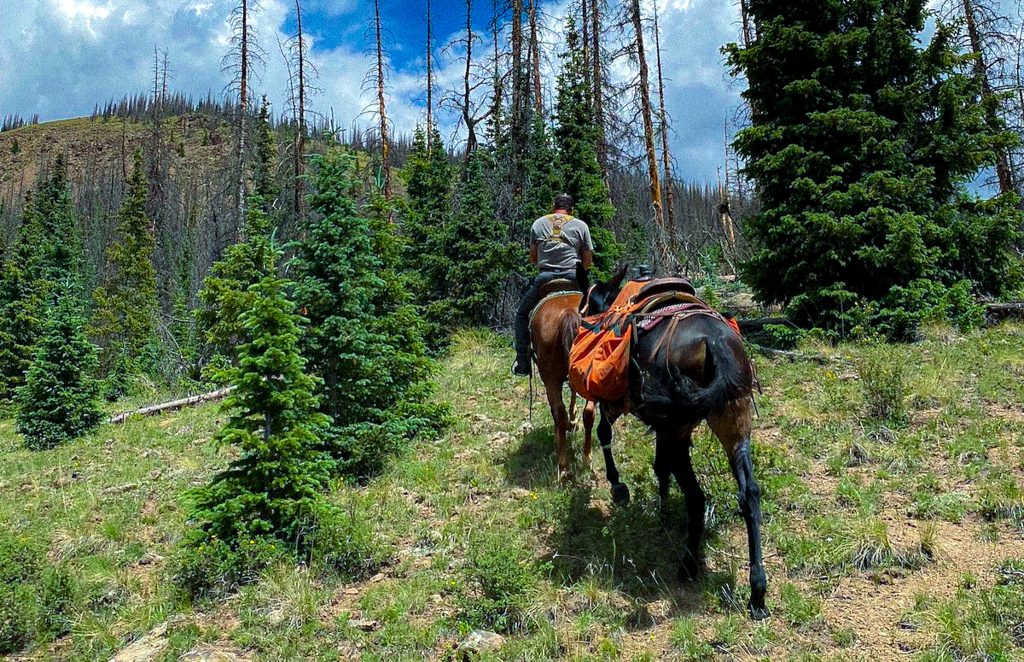
There is nothing wrong with a front- and back-bar system, and I run one often when hunting pronghorn and mule deer in open country, but I want elk in screaming in my face, and for this reason, I run a 12-inch or less front bar and no back bar. I have also hunted with only Hoyt’s 2.25-inch Short Stop Stabilizer, which works wonderfully.
The shorter the stabilizer, the more maneuverable your elk bow will be, and again, if you’re like me, a shorter stab keeps bow weight down.
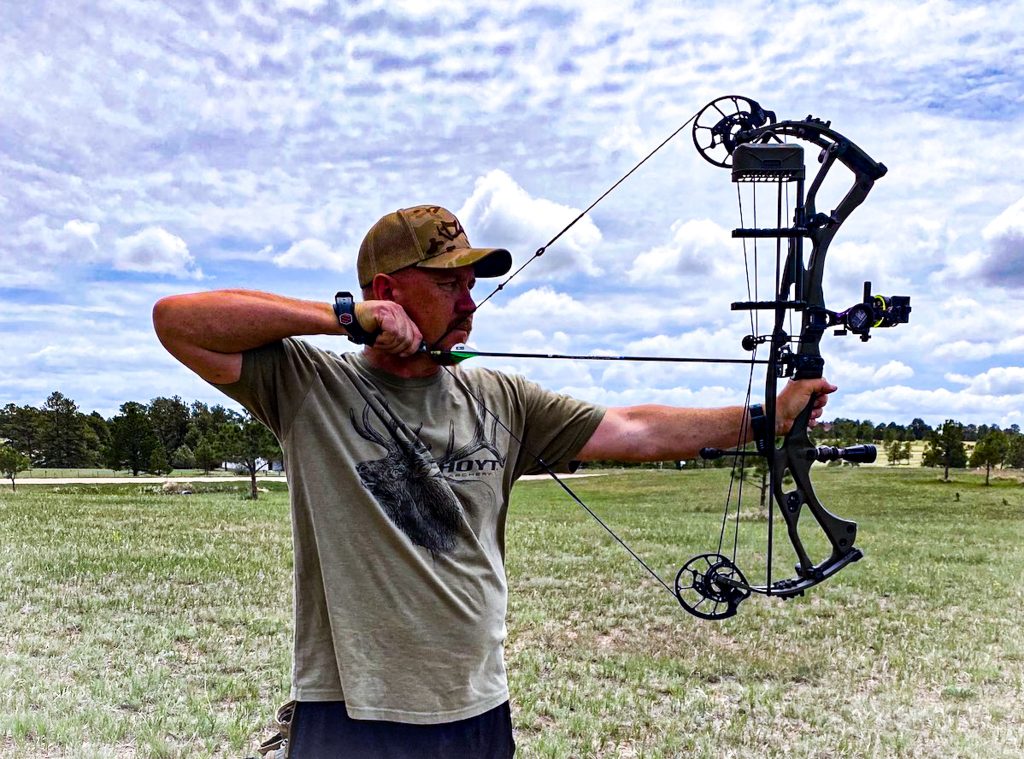
Quiver
This piece of gear gets overlooked often, and it shouldn’t, especially if wapiti is on the menu. I’m all for taking off your quiver when sitting in a ground blind or treestand, but I want my quiver on my bow when hunting elk at eye level.
I have seen, too many times, a hunter trying to get their quiver off only to have the bull charge in and bust them. Once, I removed my quiver, then moved 40 yards up the hill to get in a better position. I was barging ahead, caught my arrow between a pair of close-together pines, and snapped it. Before I could get back to my quiver and back up the hill, the bull passed by.
Get a quiver that hugs your bow tightly and securely holds all sizes of arrows. I also recommend a quiver housing designed for expandable and fixed-blade broadheads. TightSpot’s 5-Arrow Quiver is a great go-to, as is Hoyt’s SuperLite 2-Piece Arrow Quiver and SuperLite Stretch QD Quiver.
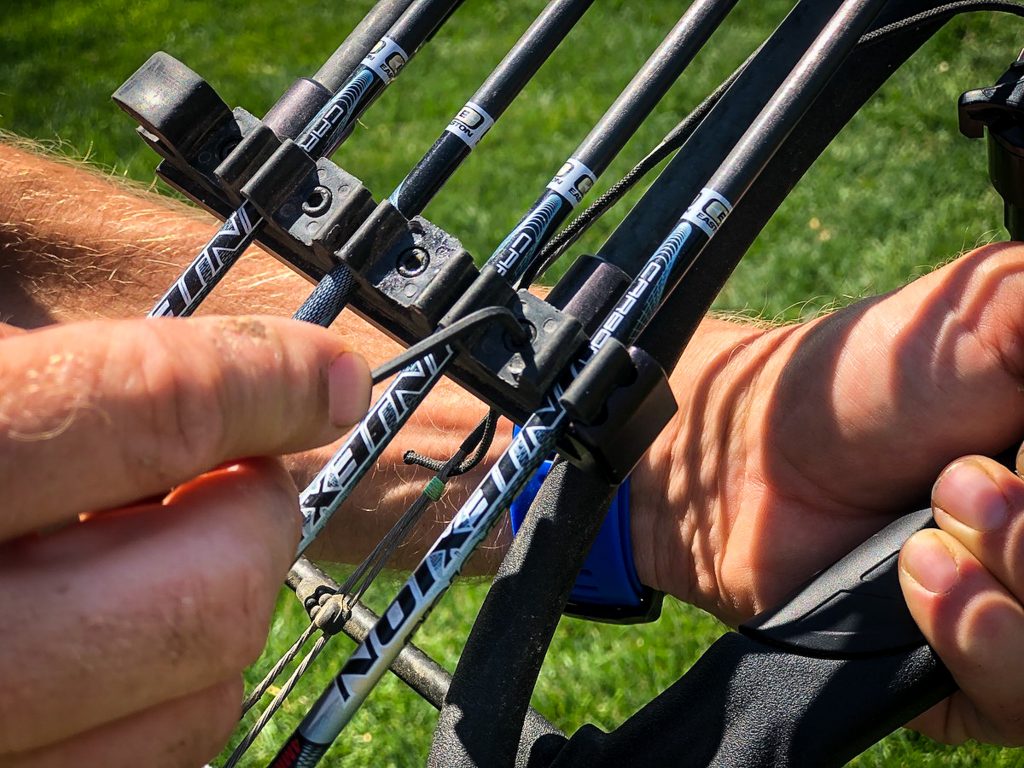
Sight & Rest
I don’t want to burn a bunch of ink here. When it comes to your sight, I recommend any that are built like a German tank and have three or more vertical or horizontal pins. I don’t think you can beat Spot-Hogg sights from a durability standpoint, and while they do add a bit of weight to the bow, I’ve never had a sight failure using Spot-Hogg, and I have had some nasty falls in the hills, including a horse that flipped over backward with me on it. My bow was lashed to my backpack, and it hit sight first on a boulder. Other than a gouge in the metal, the sight had no damage, and two days later, I shot a bull.
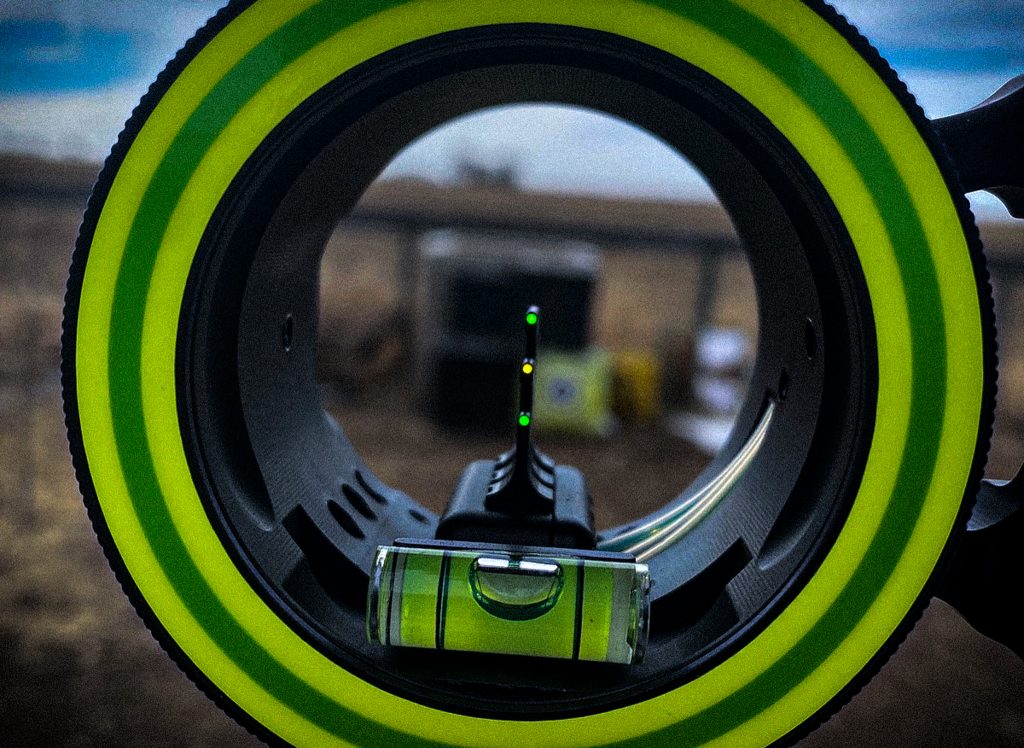
I like Spot-Hogg’s Fast Eddie PM (Pic-Mount) in a triple-pin design that puts three vertical aiming points on three separate pins that stack one behind the other. The Pic-Mount-style sight mounts to a series of Picatinny-like grooves on flagship Hoyt risers, eliminating the mounting bracket, mounting screw, and dovetail bar, which reduces the weight of the sight and boosts functionality.
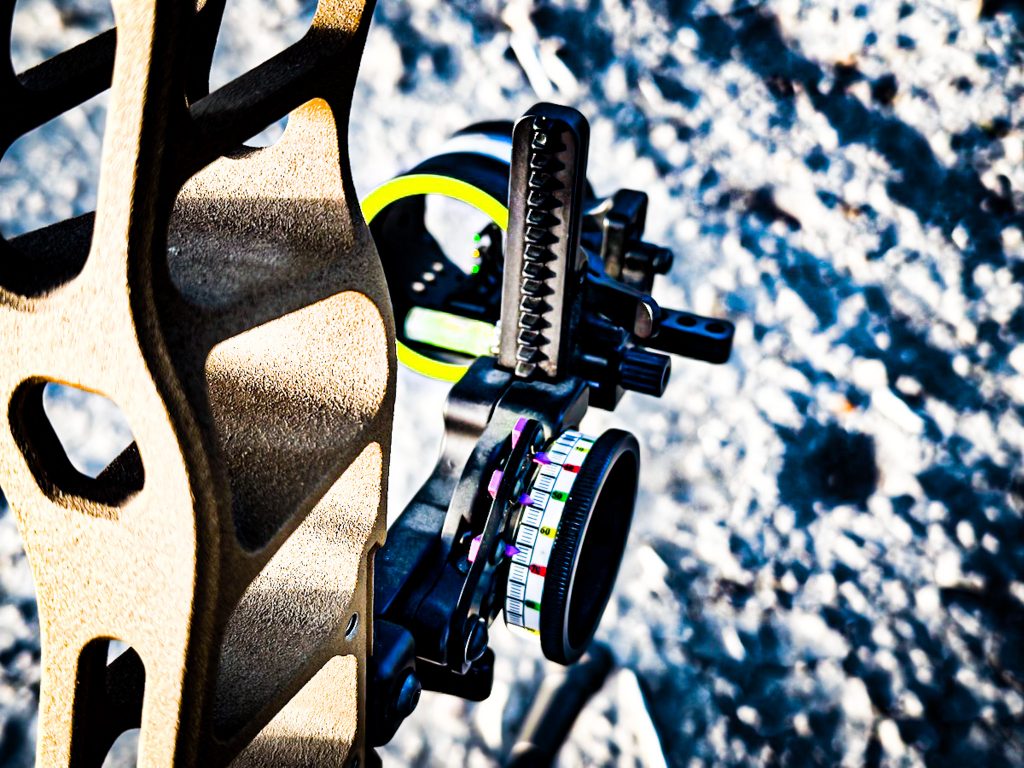
I recommend avoiding a single-pin sight as ranges change quickly in the elk woods. A bull will be at 40 yards, and then 32 and then 18 in no time. A three-pin moveable with fixed pins set at 20, 30, and 40 yards with your top or bottom pin set as your slider pin is hard to beat.
Like the sight, I want my rest ultra-durable and in line with my riser. Enter QAD’s Integrate MX, a drop-away that promises complete arrow clearance and zero bounce back and mounts to a pair of dovetail slots integrated into the back of many flagship bow brands’ risers.
Because the rest mounts in line with the back of the riser, the mounting block and mounting screw are eliminated, which reduces accessory weight. Like in-line mounted sights, it improves functionality and makes lock-down absolute.
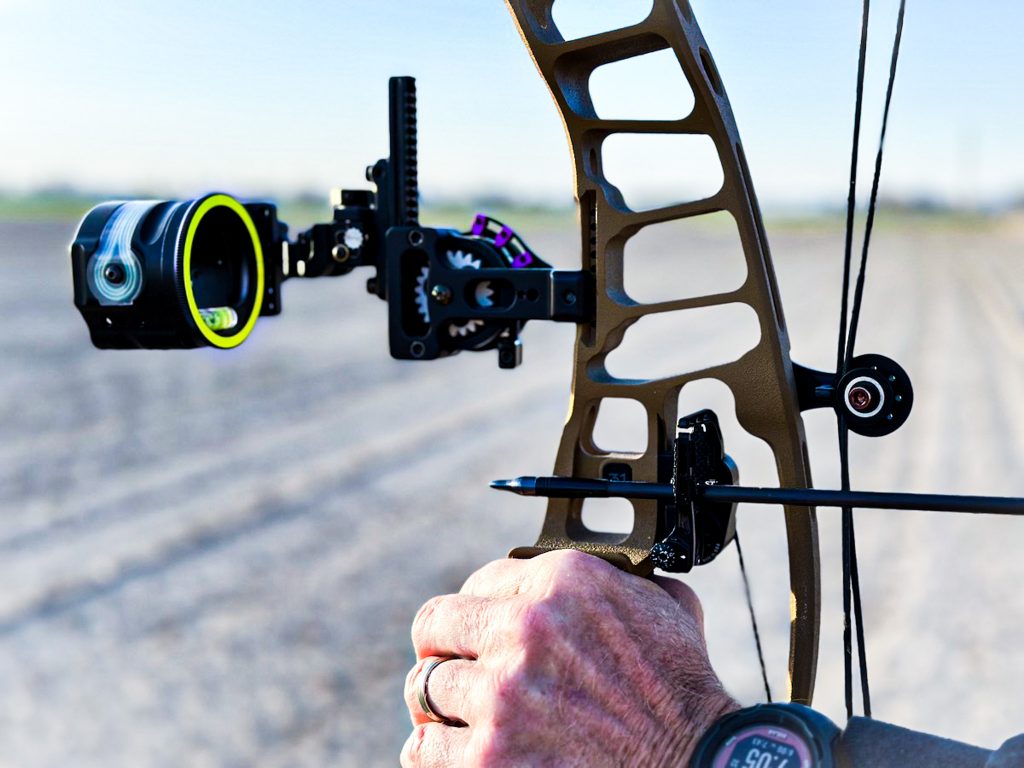
Remember, the best elk bow build will fill you with shooting confidence and won’t fail when the moment of truth is earned. Now is the time to test, tinker, and build your 2023 elk assassin. Enjoy the process.
